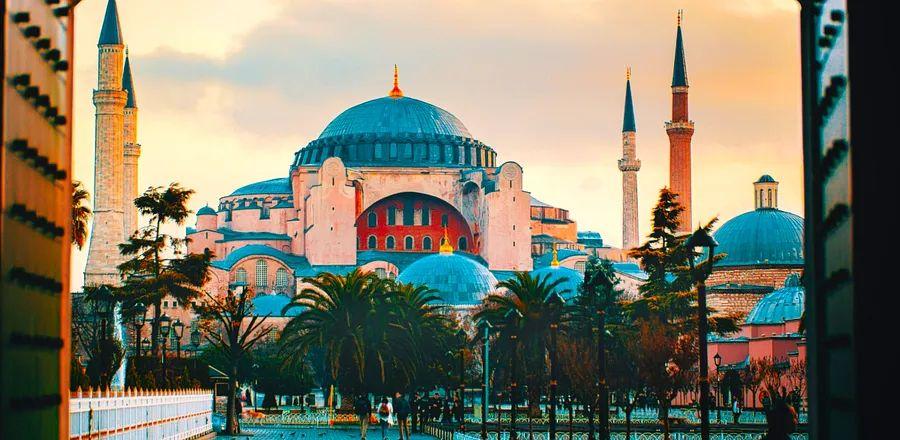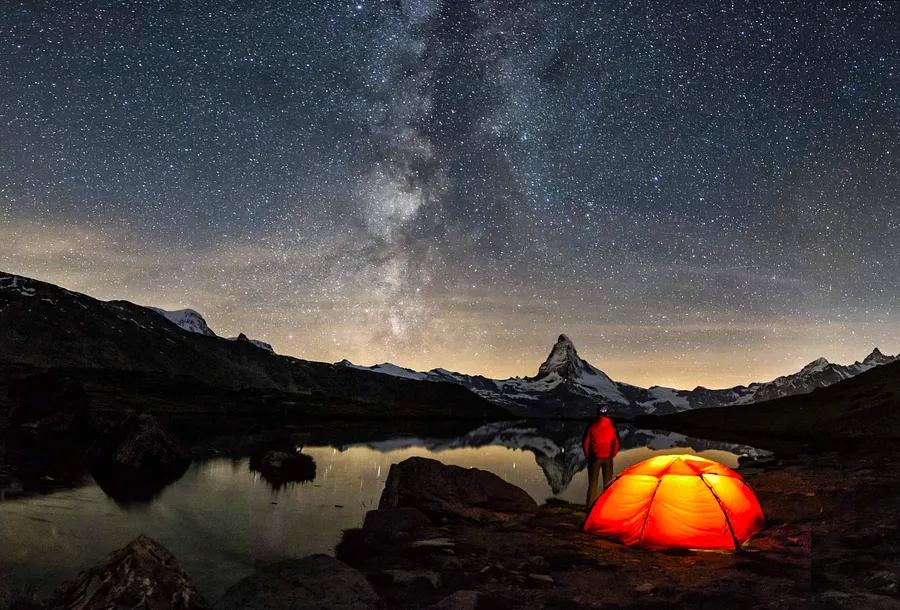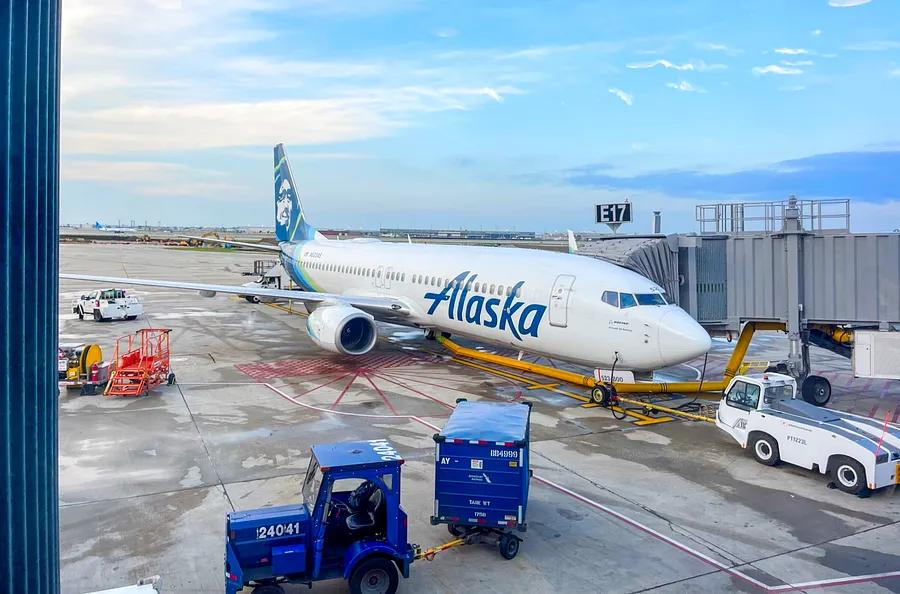Rediscovering the Magic of Türkiye on a Weeklong Adventure

Istanbul ranks high on my list of favorite cities worldwide. The Bosporus Strait divides Asia and Europe right within the city, yet as one friend puts it, 'Istanbul is not a division point; it’s where East meets West.' This city has been pivotal throughout history, serving as the capital for the Romans, Byzantines, and Ottomans, and as the endpoint of the Silk Road to China. Nestled along the Bosporus, its blend of rich history and vibrant modern life is captivating, truly reflecting the essence of Europe’s largest city and its multicultural identity.
After the recent earthquakes impacted southeastern Türkiye and northern Syria, we connected with our friends at Türkiye Tourism. Initially, we shared a story about how to support Türkiye and Syria through donations and volunteer efforts. However, they emphasized that the best way to help was to explore the rest of their expansive country (which is larger than Texas), particularly areas unaffected by the disasters. The economic repercussions of decreased tourism were significant.
This message resonated deeply with me. I yearned to revisit Istanbul, yet I had never explored other regions of the country. With only a week available, I decided to spend one day in Istanbul, which allowed me to enjoy three days in Izmir and two days in Cappadocia.
Day 1: Istanbul
Since my last trip to Istanbul in 2016, I experienced two major transformations during my short stay. The first was the Ataturk Cultural Center, a vibrant hub for shopping, arts, and entertainment, featuring a newly constructed 2,000-seat opera house crowned by a striking red-tiled dome.
The second, even more striking change was the unveiling of the Galataport, a three-quarter-mile waterfront development along the Bosporus. This space serves as both the new docking area for cruise ships and a local hotspot for shopping and dining. We enjoyed a dinner tasting menu at Muutto Anatolian Tapas Bar, where chef Muutto creatively reinterprets classic Turkish flavors. I was lucky to stay at the new Peninsula Istanbul hotel, located at the Galataport's edge near the historic Old City. The Peninsula boasts two heritage buildings alongside two modern structures, all meeting high Peninsula standards, and features beautiful gardens with seating and table service overlooking the Bosporus.
Continue reading for New Culinary Experiences, Beverages, and Activities in Istanbul.

Photo by Favious/Shutterstock
Days 2-4: Exploring Izmir, Ephesus, and Çeşme
I took a one-hour flight southwest to Izmir, the third-largest city in Türkiye, rather than enduring a five-hour drive. Dubbed the 'Pearl of the Aegean,' Izmir is a picturesque coastal city renowned for its 'TurkAegean' cuisine and vibrant lifestyle. It features hills offering stunning views, palm tree-lined streets, the historic Kemeralti bazaar, and the bustling Konak Square. Known as Türkiye's most liberal city, it buzzed with life during my visit in Ramadan, even more so than Istanbul, despite its smaller size.
Cafés were lively with locals enjoying meze, seafood, and raki, Türkiye's national drink, which I happily partook in. My Turkish friends introduced me to the idea of a 'raki table' at the Veli Usta restaurant, near the Kordon waterfront park. Raki is a clear, anise-flavored brandy made from twice-distilled grapes, stronger than ouzo or sambuca. We enjoyed ours mixed with chilled water. The raki table is a place for sharing meze and seafood, but more importantly, for fostering open, warm, and sincere conversation. What’s discussed at the raki table stays there, a tradition that predates the Ottoman Empire (long before Vegas was a thing).

Photo by Ulvi SDinogoi/Unsplash
Using the Swissôtel in Izmir as my home base, I ventured on day trips to Ephesus and Çeşme/Urla. The Ephesus archaeological site lies about an hour south of the city, showcasing remnants that date back to the 8th century B.C.E., with the majority originating from the Roman era starting in the 1st millennium. Throughout the ruins, ancient artifacts are displayed, some reconstructed to mirror their original glory, especially the impressive Library of Celcus and a large outdoor theater capable of seating 24,000 people. Close to Ephesus, you can find the site believed to be the last residence of the Virgin Mary, and in the opposite direction, the grounds of a former basilica constructed by Justinian to honor the apostle John, who is said to be buried there.

Photo by Kadagan/Shutterstock
Çeşme is a popular coastal destination located about an hour west of Izmir. I particularly enjoyed the charming town of Alacati, characterized by its historic stone buildings, narrow streets, and an abundance of restaurants, bars, and shops. It was relatively tranquil during my visit, though it’s known to be bustling with locals from Istanbul and Izmir in the summer months. Situated halfway between Çeşme and Izmir is Urla, an area famed for its wines, olive oils, and culinary experiences. I dined at two exceptional restaurants, Vino Locale and OD Urla, which were surprising finds so far from a major city. Additionally, I had a delightful olive oil tasting session with Pelin Omuroglu, a second-generation olive farmer and U.C. Davis graduate. She runs a lovely shop, Olivurla, where she offers tastings of her award-winning olive oils.
Days 5-7: Exploring Cappadocia
After spending three days in Izmir, I hopped on a 90-minute flight east to Kayseri, which is about an hour's drive from the iconic Cappadocia. This region is renowned for its hot air balloons floating above a surreal, moon-like landscape. The area was shaped by lava and ash from ancient volcanoes, eroded by rain, wind, and ice over millions of years, resulting in unique conical rock formations known as 'fairy chimneys,' said to be created by fairies. Not only are these formations captivating to explore and view from above, but their soft texture has led to the creation of numerous natural and human-made caves, where people resided until the 1950s, when relocation became necessary due to ongoing erosion. Today, savvy hoteliers have transformed many of these caves into hundreds of hotel rooms. I stayed in a stunning three-level suite carved into the rocks at the Yunak Evleri Cave Hotel and enjoyed a delightful dinner at the Museum luxury cave hotel (a Relais & Châteaux property), which made me a bit envious of its charm.

Photo by Kaan Kosemen/Unsplash
Strong winds grounded balloon flights during my stay (a hotelier mentioned that cancellations happen about 10 percent of the time), but that didn’t dampen my spirits. I relished exploring the Zelve, Paşabağı, and Göreme open-air museums, wandering among rock formations and historic dwellings, monasteries, and churches carved into caves. Many ancient churches, adorned with vibrant frescoes, have been beautifully restored. This region played a crucial role in early Christianity, where St. Basil and his brothers helped unify early church ideas.
I also enjoyed visiting the Güray underground ceramic museum, an impressive venue showcasing pottery and artifacts from various historical periods, along with a shop offering contemporary ceramics (though my visit diminished their stock by two); the Gülor Wine cave house, which offered tastings of Gülor, Corvus, and Chamlija Turkish wines; and Punto Carpets of Istanbul, which has a lovely store in Urgüp (Cappadocia). I had hoped to squeeze in a bike ride but ultimately ran out of time.
Time always eludes me in Türkiye. I constantly wish to do more and see more. While I adore Istanbul and regret not spending more days there, I feel I've gained a deeper appreciation for the country by exploring beyond the bustling city. Türkiye is historically and culturally rich: next on my travel list are Sinop and Rize in the Black Sea region, Edirne in Thrace, and, hopefully, Göbeklitepe and Gaziantep, when the time is right, to better understand and support areas hardest hit by the earthquakes.

1

2

3

4

5
Evaluation :
5/5